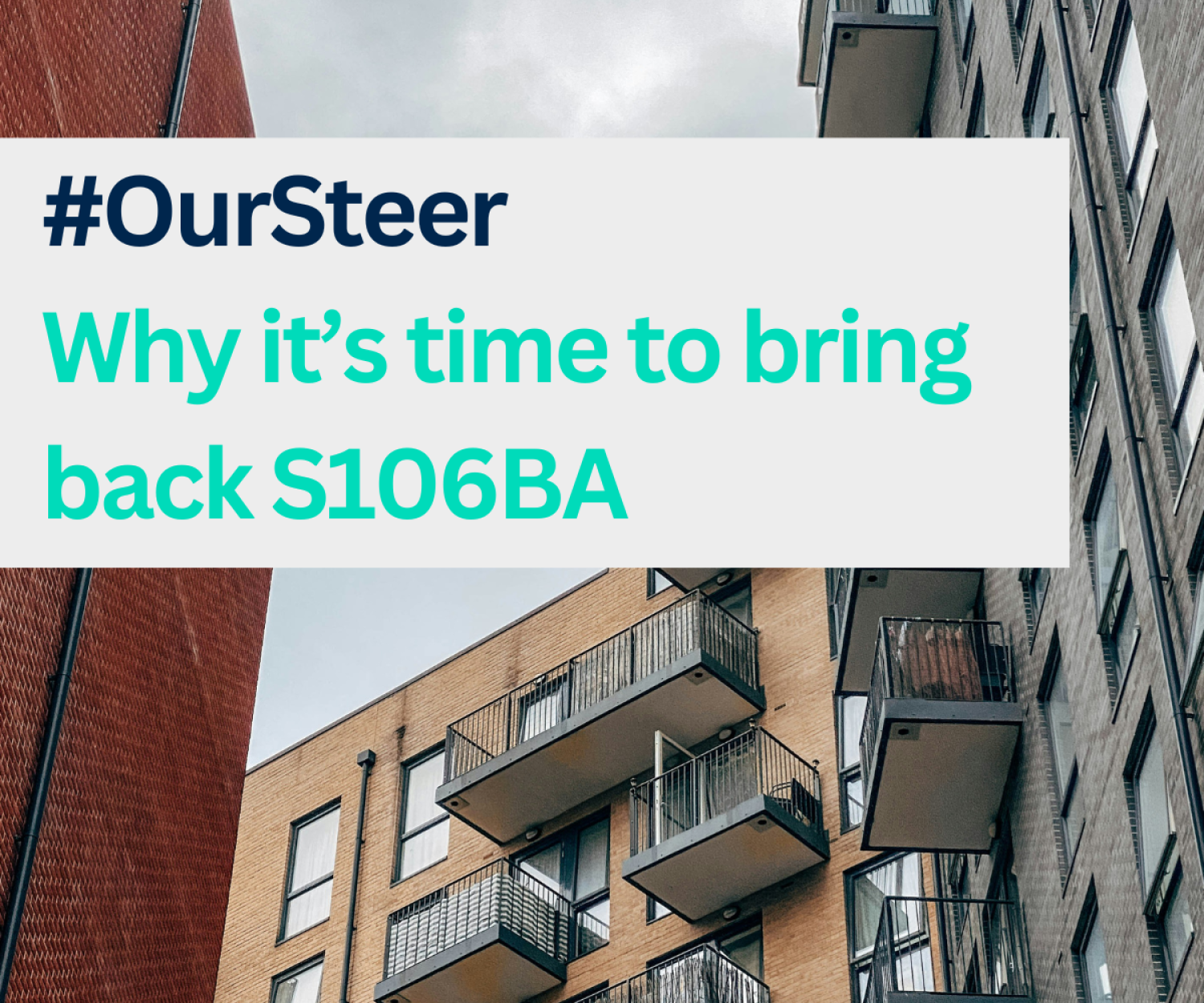The economist John Maynard Keynes said: “Practical men, who believe themselves to be quite exempt from any intellectual influence, are usually the slaves of some defunct economist.” Shopping centre valuers need to ask if they the slave of some defunct method of valuation?
Even before Covid-19 and the full manifestation of the on-line revolution, many have felt a change was needed. Shopping centres are different from many asset classes. Firstly, the property and business are very closely linked. This applies to all retail but in centres it is the inter-relationship of different retailers and the collective impact on the whole value that is different. We need a valuation model that has a closer link of individual retailer to the value of the space they use and also their collective value.

The current approach is very practical but is it defunct? What could be more practical than taking an ERV and multiplying it by an all risks yield all derived from market activity. Practical becomes problematic when we have neither an active market nor reliable evidence.
So, what do valuers do? They start to make larger and larger value judgements based on their expertise and make greater and greater assumptions and exceptions. Those outside our profession look on in surprise and increasing dis-belief.
Time for a new look. What is value? There are many definitions. A common one for economic value is a “measure of the benefit provided”. Value in use or value in exchange are two overlapping but often competing themes. Our current approach is focused on value in exchange which is understandable but maybe we need to move closer to value in use for shopping centres. Value originates from the retailers and ultimately from the customers and community they serve. What we do know is that the value generated by different retailers varies reflecting different business models. We also know that retailers benefit from the collective attraction of others. A valuation approach based on Zone A’s, floor space and size are an attempt to impose uniformity rather than encourage the diversity that is needed.
The challenge is clear but what is the solution? To borrow from Maynard Keynes, we should look outside for influence. What do others do for pricing in the absence of an established or reliable market? There are several options but for shopping centres value-based pricing resonates. This is a pricing strategy which sets prices primarily, but not exclusively, according to the perceived or estimated value of a product or service to the customer rather than according to the cost of the product or historical prices.
- Value-based pricing is as much about a change in mindset, as it is about the underlying mechanics of establishing a price and the sales skills needed to achieve the price in the market. The most important first step in value-based pricing is to address the mindset change, so that the entire commercial organization starts to think about selling value instead of just selling a product.
- It also requires market segmentation. Different value is generated by different customers. The customers are the retailers and it is accepted that a shopping centre needs different retailers and different retailers generate different returns. They fall easily and naturally into segments
- It requires a business to business approach of both parties understanding what drives value and creating the conditions to deliver this
These are consistent with what shopping centres need to become. Landlord and retailer acting as one. Communal and private space becomes one attraction. The community and centre become one. Value pricing facilitates all the stakeholders acting as one. Valuers need to throw off their chains, learn new skills and challenge themselves. Value pricing may be a start.
For further information contact
Brian Sloggett
T: 020 3151 4850
M: 0777 376 3840
E: brian.sloggett@newsteer.co.uk
W: www.newsteer.co.uk
20 Farringdon Street, London, EC4A 4A




